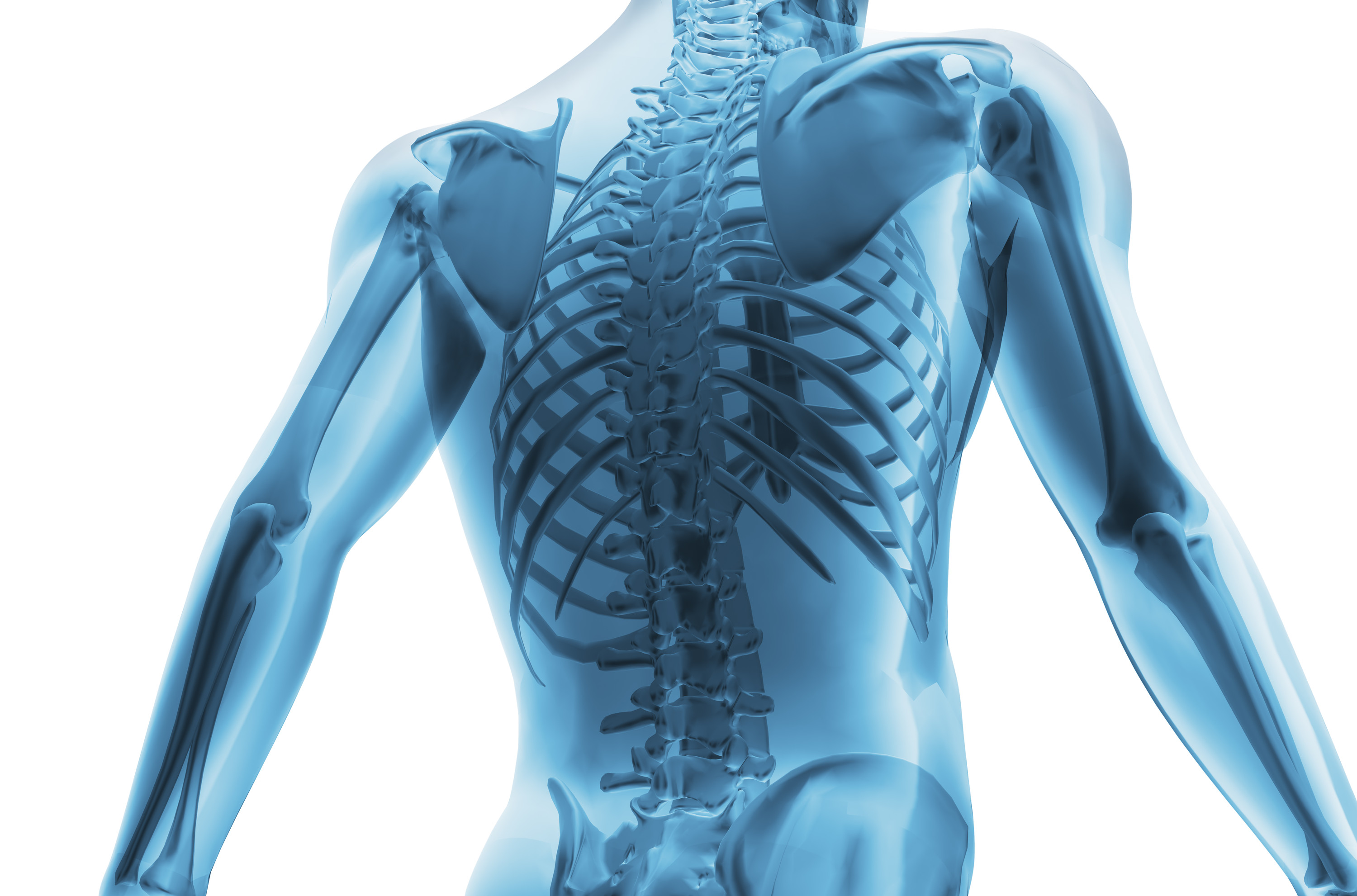Why Calcium Alone Just Doesn’t Cut It by Nicole Crane, B.S. NTP

Peel back the layers of skin and muscle and imagine your bones. You are likely thinking of something very rigid and static that does not change once you reach adulthood. Despite being a hard substance, our bones are very much alive, growing and changing throughout our lives. This means that if we nourish our bones correctly, we can keep them healthy for our entire lifetime. There is a lot more to bone health than just getting enough calcium. In fact, taking calcium alone may even be problematic, as calcium needs several nutrients to direct it to the bones. Without these nutrients, calcium may get laid down in our arteries, kidneys and other organs and can eventually cause damage. In 2011, the per capita consumption of milk alone was 174.1 pounds (or 2,785 ounces) and 603 pounds of all dairy productsi , yet there are still millions of people who have low bone density. The National Osteoporosis Foundation reported in 2014 that 10.2 million Americans have osteoporosis (brittle bone disease) and another 43.4 million Americans have osteopenia (low bone density, a precursor to osteoporosis)ii. Two million bone breaks and fractures are also attributed to osteoporosis, yet more often than not, osteoporosis is never tested for or even considered.iii Clearly, there are other factors involved besides getting enough calcium. In fact, there are nearly 25 nutrients that make up our bones and are needed for proper mineralization of our bones.
Bones
Our bones are made of a protein-mineral matrix. We essentially have two types of bones – 75% makes up the hard exterior and protects bone from trauma and 25% of softer tissue on the inside of bone, which includes bone marrow and allows bones to withstand pressure without breaking. The minerals make our bones hard and strong. Our bones contain calcium, potassium, manganese, magnesium, silica, iron, zinc, selenium, boron, phosphorus, sulfur, chromium, and many more. The proteins include collagen and osteocalcin, which gives our bones flexibility and allows them to bend without breaking. It is collagen which allows us to twist our bodies and sustain falls without experiencing a bone fracture. This softer tissue is more metabolically active and has a higher turnover rate. There are a few factors that affect the health of our inner bones, like low estrogen levels in both women and men, steroid use and immobilization. Similarly, a very sedentary lifestyle can lead to loss of this type of bone.